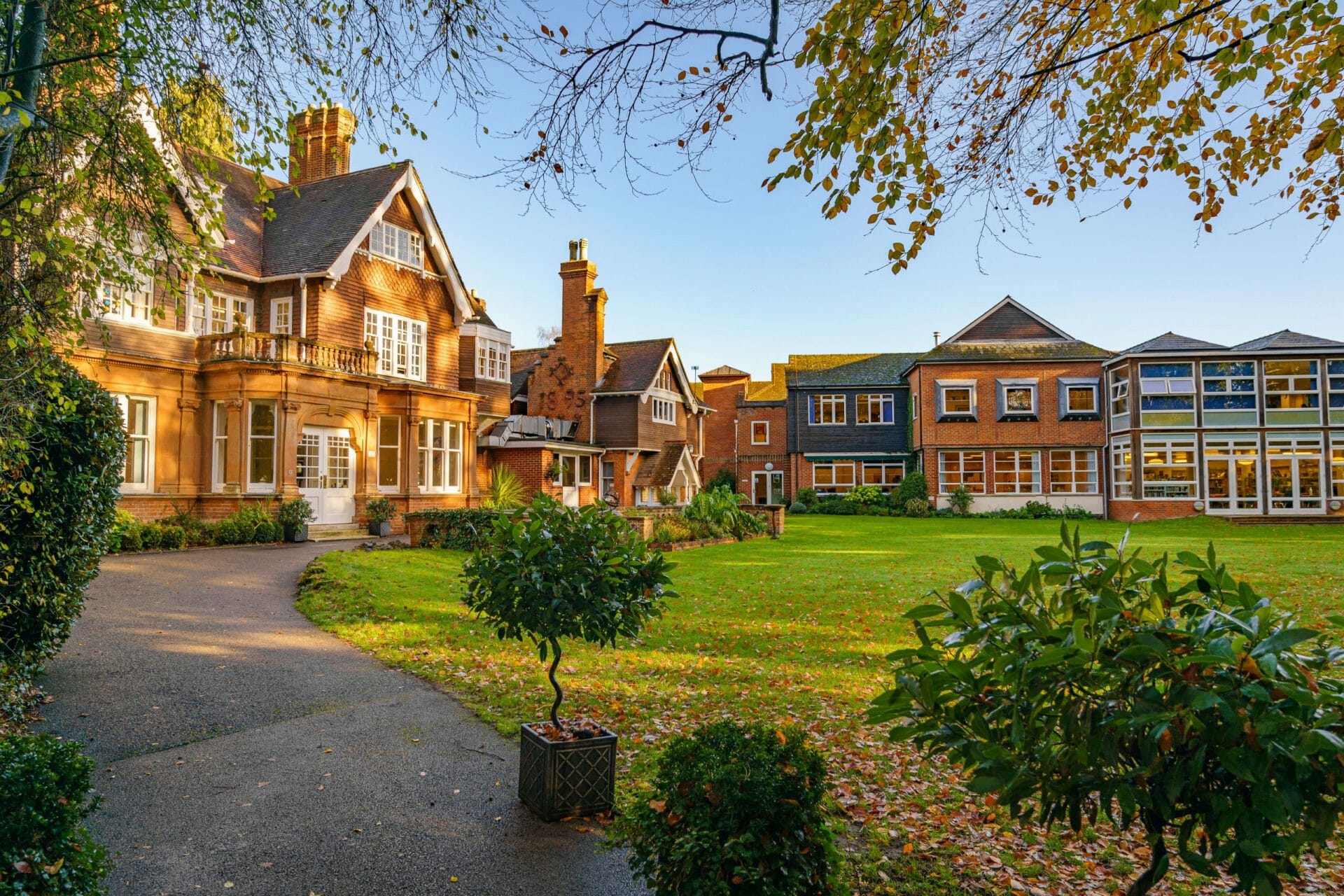
The Rye Heritage
Rye St Antony has a rich and interesting history and its wonderful legacy lives on through all our pupils, past pupils and staff.
The school was founded by Oxford teachers, Elizabeth Rendall and Ivy King in 1930. They were inspired to open a school after a visit to St Anthony’s of Padua Church in Rye, East Sussex and it was from this that the school took its name.
After spending 9 years in central Oxford, the school moved to its current 12-acre site just after the outbreak of World War II. Expansion began after the war ended and The Croft building, built by architect Alfred Waterhouse who also designed the Natural History Museum, was also purchased.
Ever since then, the school has flourished – keeping its tradition of a lay Catholic establishment which puts the individuality of its pupils at the forefront of all that it does.
Over the years, the school has taken on a steady building and improvement programme to create first-class education facilities that complement the Victorian buildings and the idyllic gardens and woodlands that are so much part of Rye’s unique character.
Zesty Christmas tradition dates back over 80 years
Rye St Antony is famous for its Christmas ‘Tangerine Party’ tradition when the whole school, including staff and parents gather in the Rendall Hall for a raucous celebration. This tradition dates back to World War II when pupils knitted clothes for soldiers. In return, the grateful soldiers sent back fruit including tangerines while rationing was introduced, a welcome and rare treat for pupils. Now, following very lively renditions of well-known Christmas songs, each pupil is given a tangerine and a huge Christmas cake is shared out among the congregation. The tradition endures, much to the delight of pupils, staff and parents alike, apart perhaps from the lucky male teachers chosen to stand up and sing ‘We Three Kings.’
1930
Elizabeth Rendall and Ivy King open a brand new school for Oxford – Rye St Antony is born





